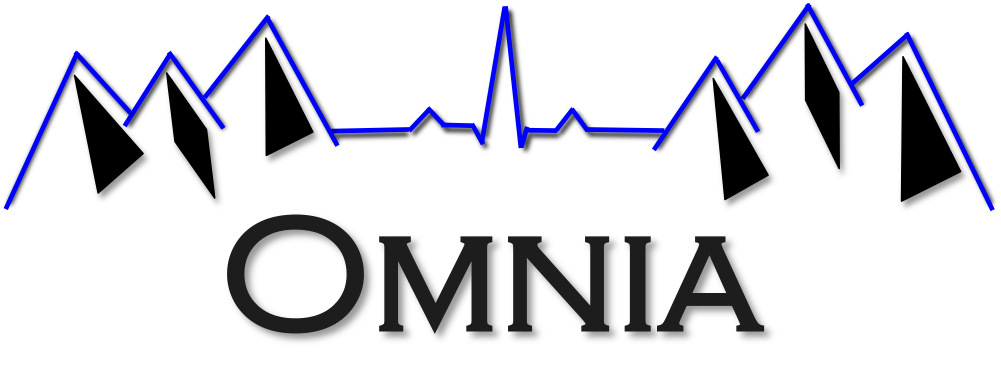Proper Pull-Up technique: Safer and Stronger
/Pull-ups and chin-ups are exercises that are very common in exercise programs and are often done incorrectly.
These movements are great for building strength and power in a pulling motion, establishing strength in the connection between arms and torso, and creating pulling power!
Due to the transferability of pull-ups into many sports like climbing and cross-country skiing, they are a great exercise when done properly. However, people often lack proper control of shoulder movement (scapular mechanics) and this limits the potential for improvement and increases the probability of injury.
Here we can see the structure of the shoulder and the shoulder blade (scapula) in a retracted (set) and protracted (unset) position.
To put it simply, having the shoulder blade in a retracted or “set” position stabilizes the joint, “locks” the shoulder blade onto the ribs and allows access to all the big muscles on the torso. If the shoulders are left unset, the only muscles available to be used are those in the arms (biceps and triceps) which look great in a tank top but don’t offer the most potential for strength improvement and creating power across multiple joints in the body.
SO to do a proper pull up:
Begin in a full hanging position, completely relaxed hanging from the bar
Elbows remain straight, open the shoulders, pulling the shoulder blades down and towards the spine – engaging scapular retraction (setting shoulders)
KEY – ensure there is NO shrugging or trapezius activation happening, shoulders stay away from ears
Start to pull from the lats (think of closing the armpits and pulling from the torso) maintaining NO shrug. Often the beginning of the pull is when the traps will engage and shoulders drift into a shrugged position so be mindful of this.
Maintain open and unshrugged position throughout the pull until chin arrives over the bar
Lower in the same pattern, maintaining open, unshrugged shoulders and keeping the load/work behind and under the shoulder blades until you arrive back in a full hanging position. Proper lowering is equally important!
It is valuable to practice this initial set motion with each rep so the brain memorizes the movement pattern and you can do it without thinking.
See the below videos of improper and proper form:
Incorrect form:
Proper form:
If you lack a coach or workout partner to keep an eye on your unruly shoulders (they’re sneaky shruggers), a mirror can give valuable feedback for when things are moving correctly or taking their own rogue path. Try it out! It will likely feel extra hard and weak to begin with, but once you build the initial stability and strength the potential to improve and gain strength is FAR greater.
Send any questions my way and happy pulling!









